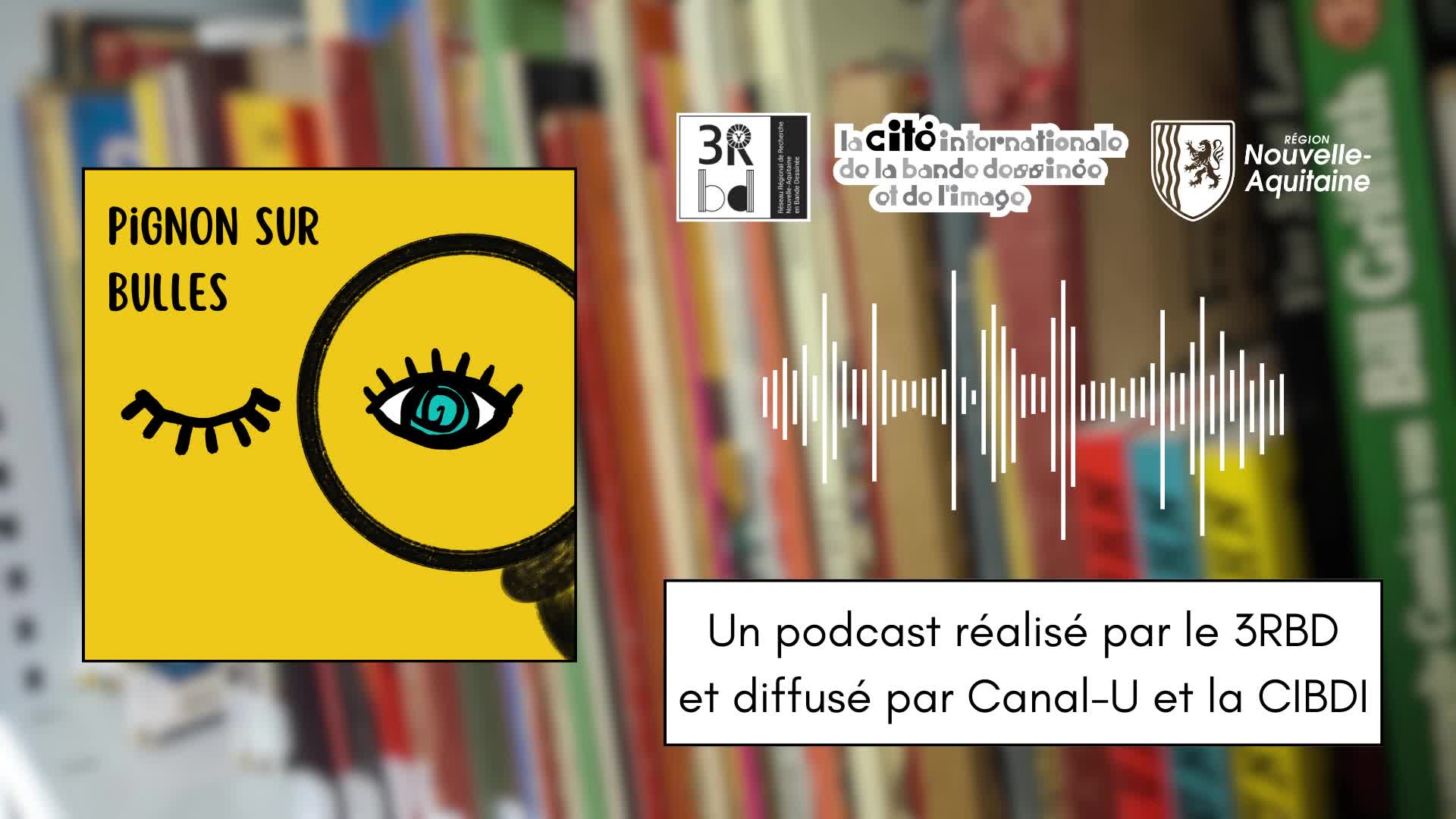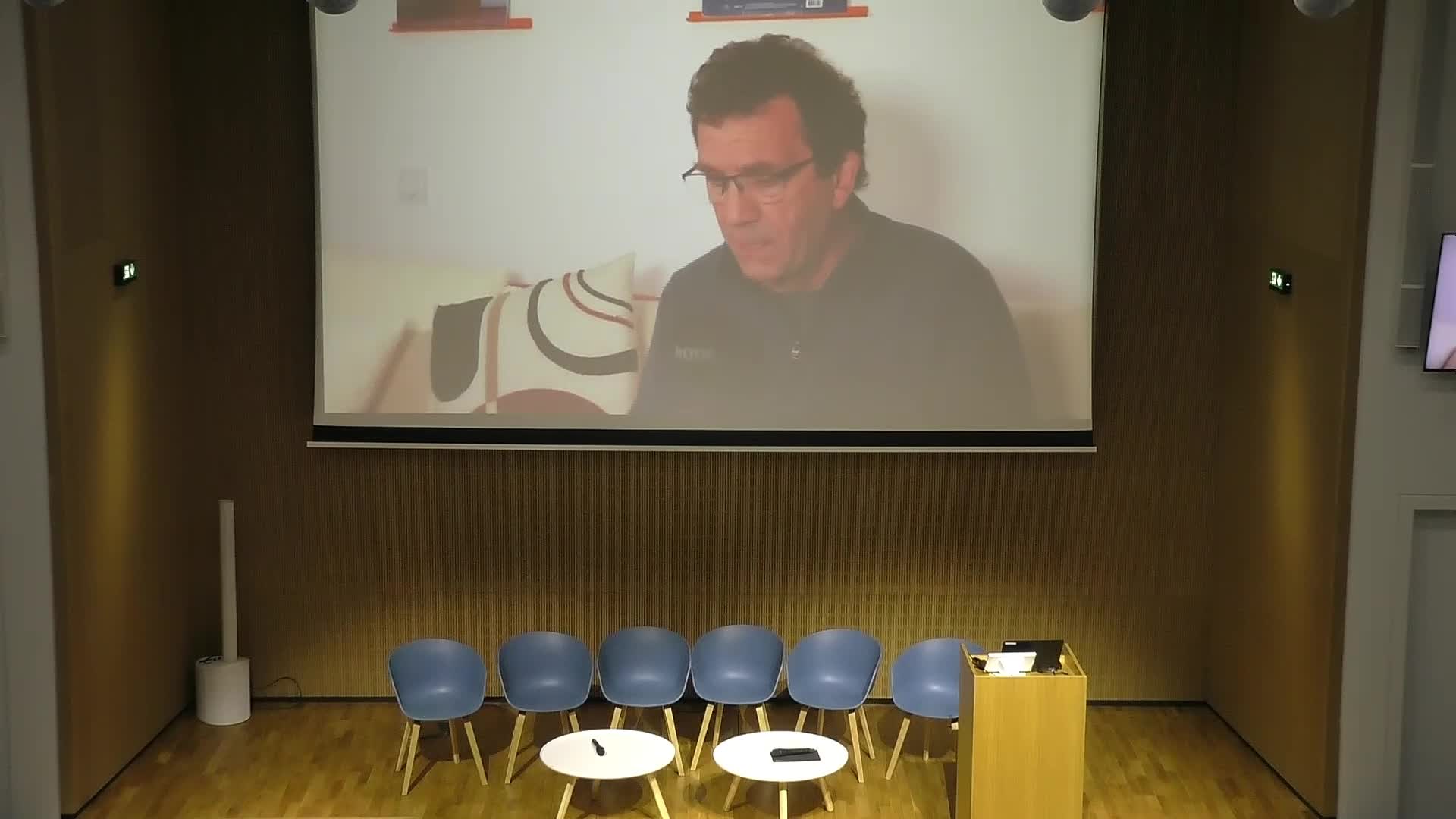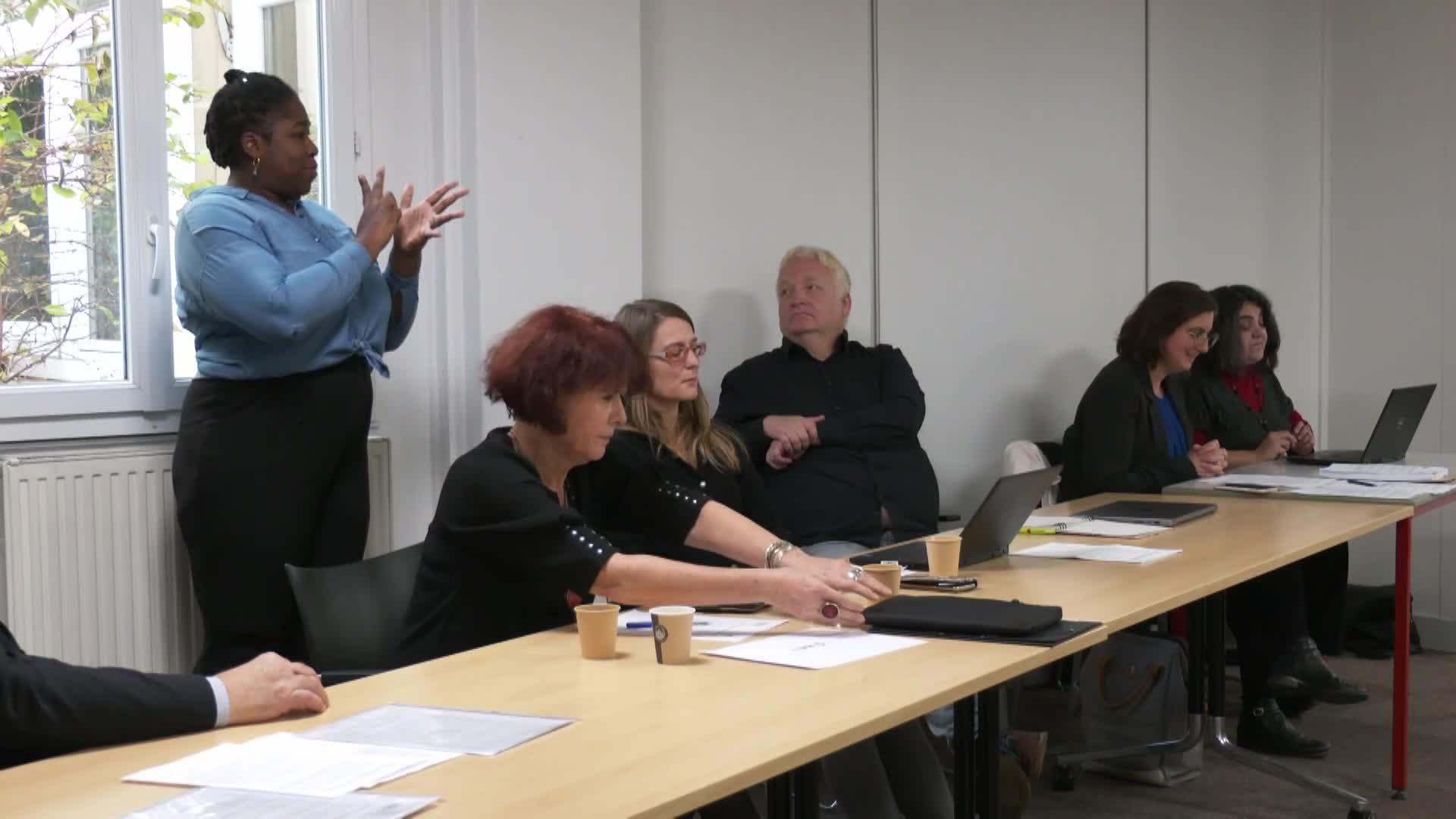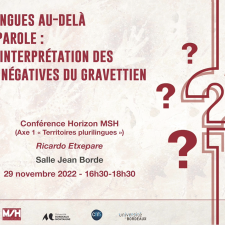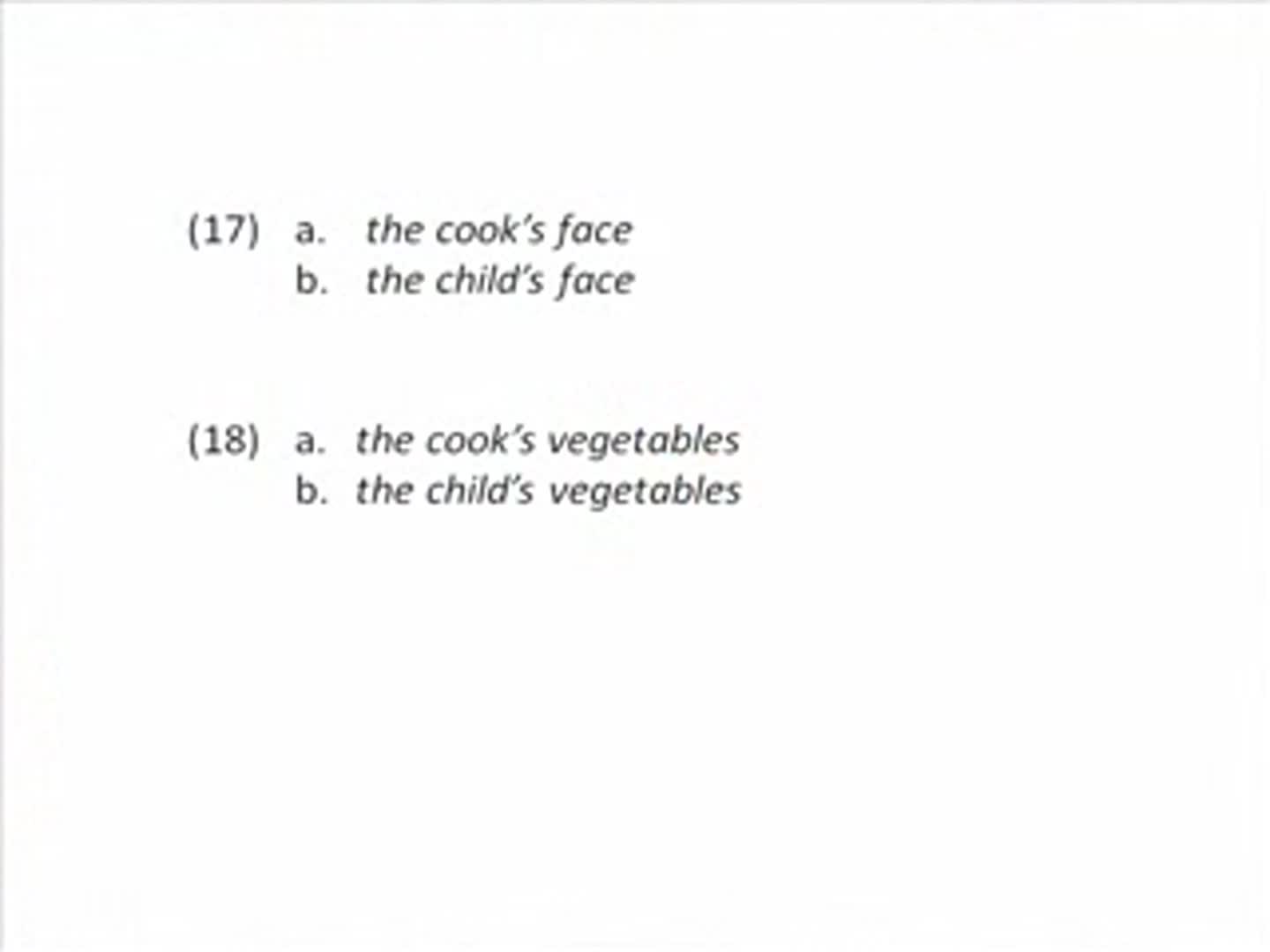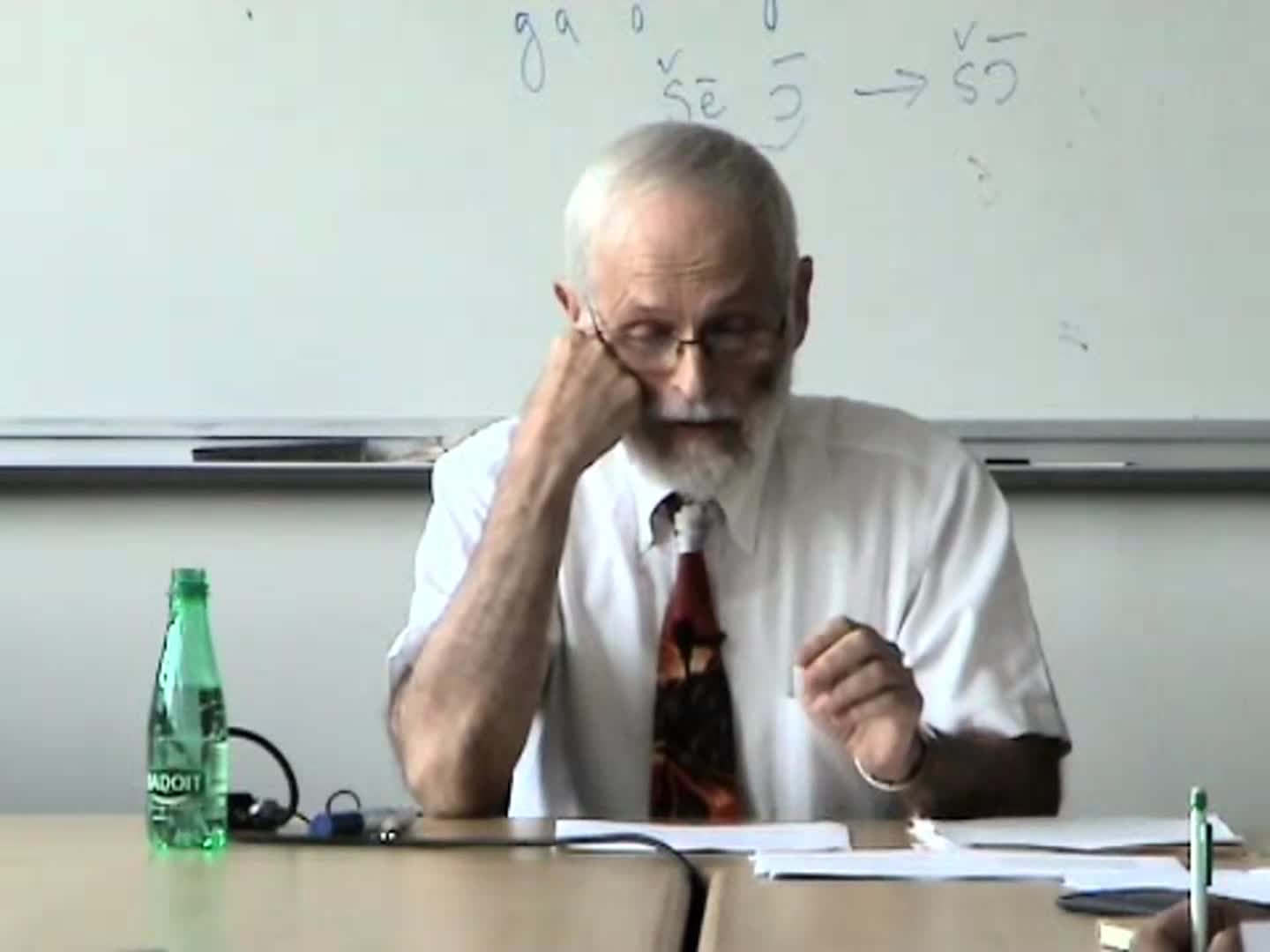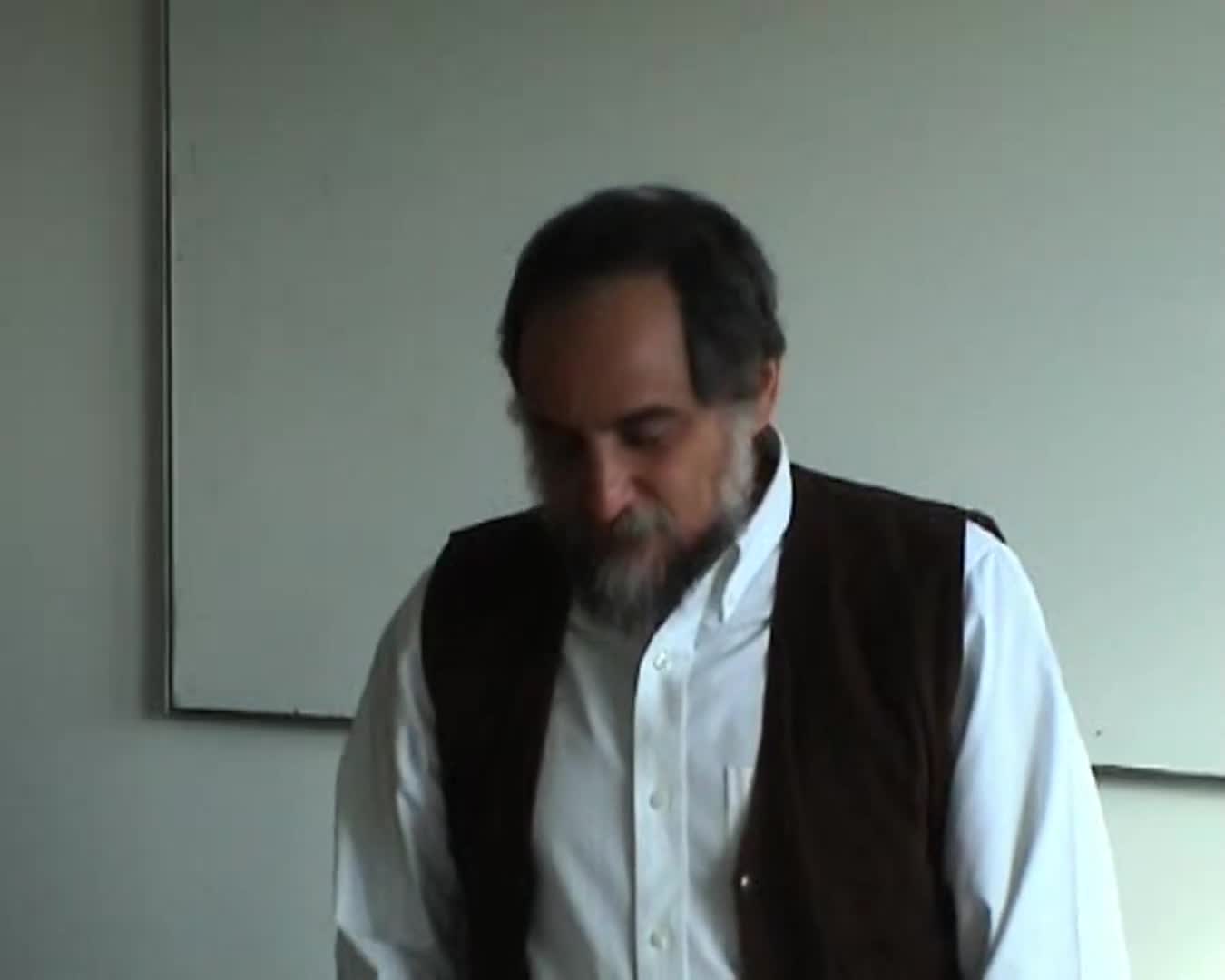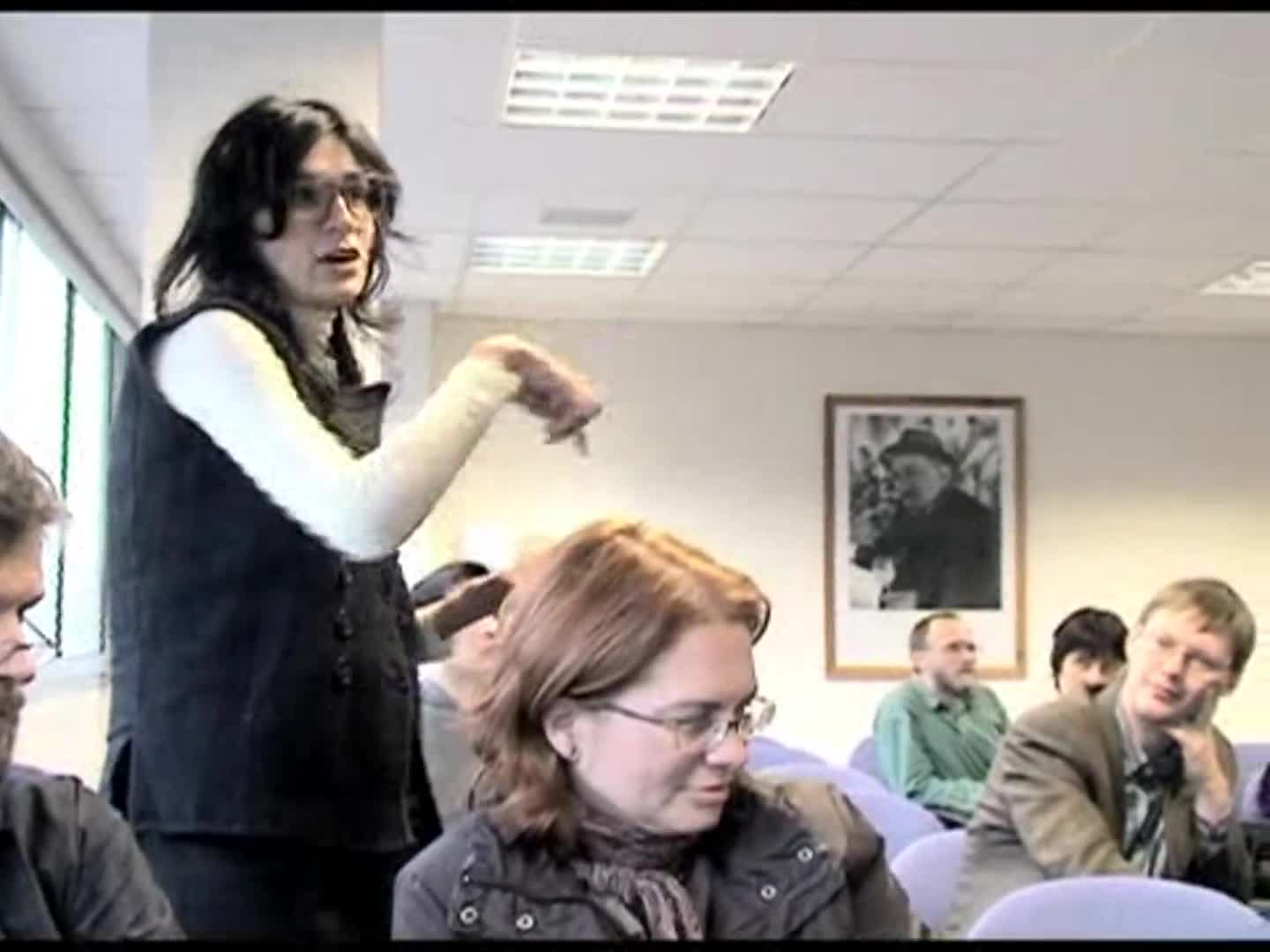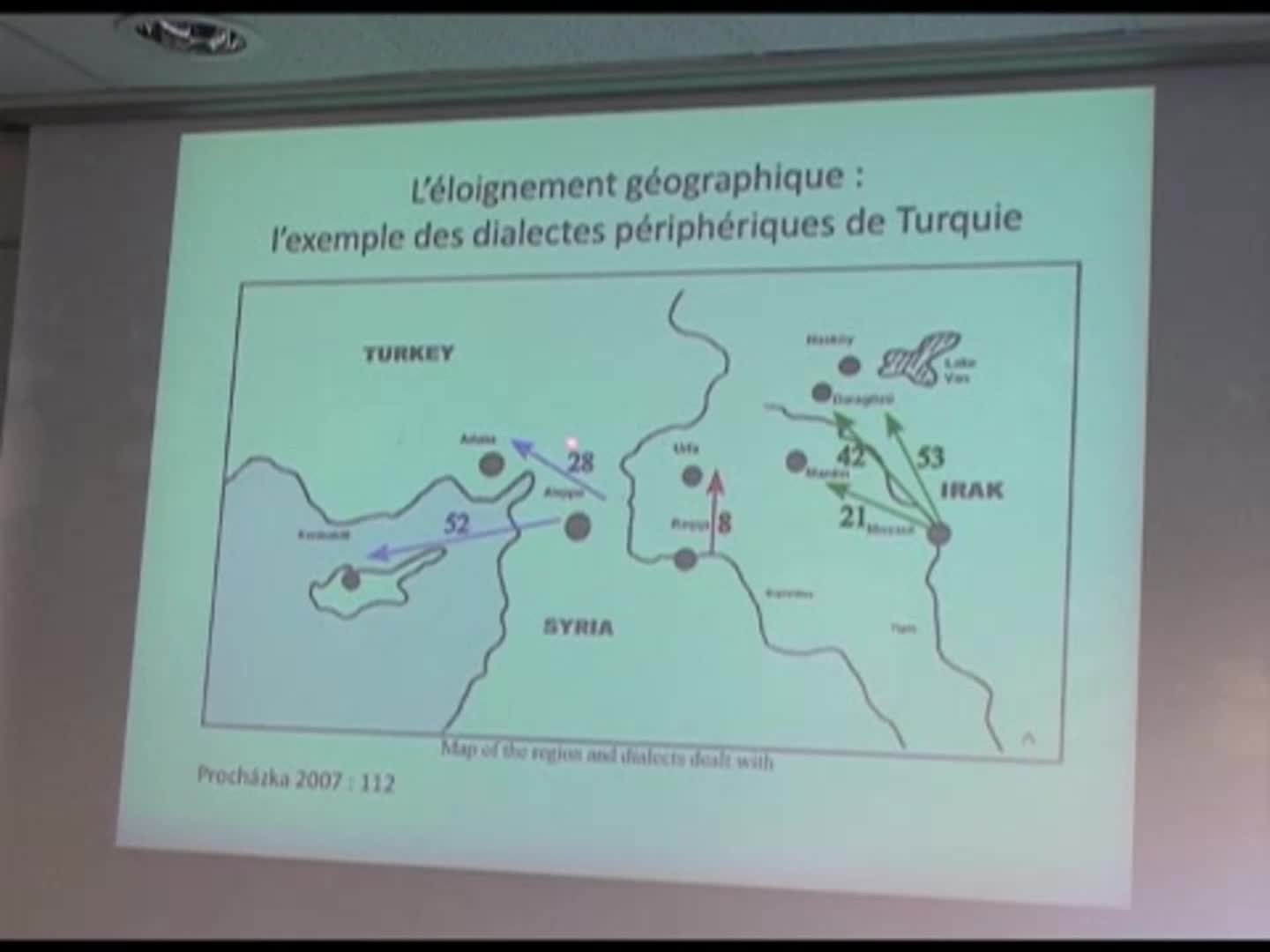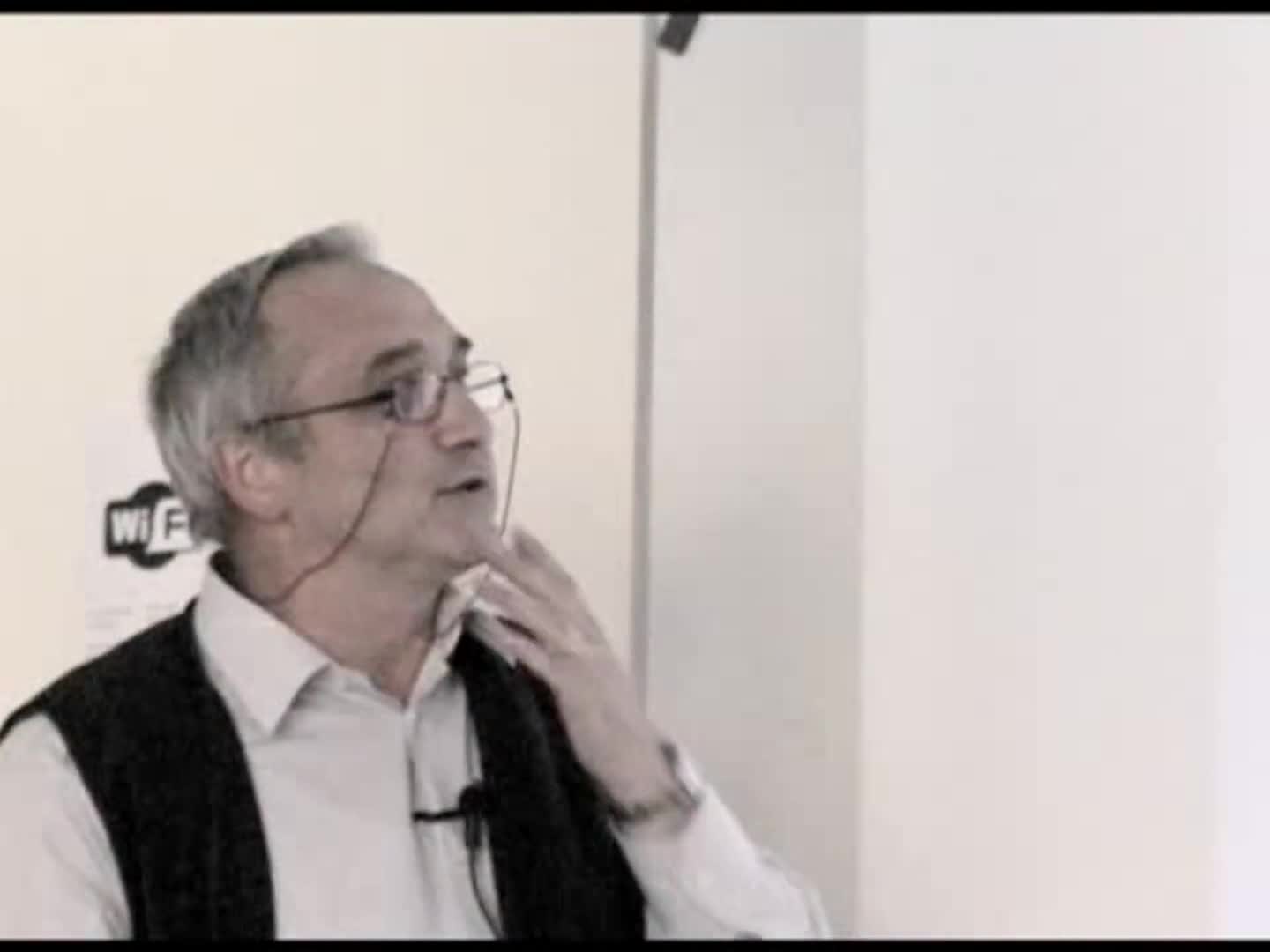Notice
Nicolas Tournadre (AMU, Institut Universitaire de France, LACITO), "The Status of Egophoric Markers within the Tibetic Evidential-Epistemic Systems"
- document 1 document 2 document 3
- niveau 1 niveau 2 niveau 3
Descriptif
After having discussed some definitions ofevidentiality and epistemic modality, I will concentrate upon the maincharacteristics of the Tibetic Evidential-Epistemic systems, which are amongthe most complex E-E systems attested in the World. The central notion ofaccess to information will be discussed in detail. I will then address the categoryof egophoric, its status and its relationship with sensory markers (sensory andendopathic) in Common Tibetan, as well as some typological features ofegophoric markers in other Tibetic languages.
References
Aikhenvald, A., Y. 2004. Evidentiality, New YorkOxford University Press, 2004.
Barnes, J. 1984 Evidential in the Tucuya verbs,International Journal of American Linguistics. 50: 255-271
Faller, M. 2002. Remarks on evidential hierarchies. InD. I. Beaver, L. D. C. Martinez, B. Z. Clark & S. Kaufmann (Eds.), Theconstruction of meaning (pp. 89-111). Stanford: CSLI Publications.
Gawne, L. & Hill, N. (Eds.), 2017. EvidentialSystems of Tibetan Languages, De Gruyter Mouton.
Guentchéva, Z.,L’énonciation médiatisée, 1996, Louvain-Paris, Peeters.
Guentchéva, Z., 2016. Aspectuality and Temporality,Description and theoretical issues, John Benjamins Publishing Company,Amsterdam, Philadelphia.
Tournadre, N., « Personneet médiatif en tibétain », in La personne. Faits de langue, n°3, 1994, p. 149-158.*
Hill, N. 2021 review of Egophoricity. Simeon Floyd,Elisabeth Norcliffe, and Lila San Roque, eds. Amsterdam: John BenjaminsPublishing Company. Typological Studies in Language.118.
Karma Tshering & G. van Driem. 2019. The Grammarof Dzongkha, Revised and Expanded, with a Guide to Roman Dzongkha and toPhonological Dzongkha. Santa Barbara, California: Himalayan Linguistics
sKal-bzang ’Gyur-med (Kesang Gyurmé). 1992. Bod kyibrda sprod rig pa’i khrid rgyun rab gsal me long: Le clairmiroir. Enseignement de la grammaire tibétaine. Traduit, adapté et commenté parHeather Stoddard et Nicolas Tournadre. Arvillard: Éditions Prajñā. [Second edition, 1994]
Oisel, G. 2017. ‘Re-evaluation of the evidential system of LhasaTibetan and its atypical functions’, Himalayan Linguistics.
Mélac, E. 2014.L'évidentialité en anglais - approche contrastive à partir d'un corpus anglais-tibétain,PdD, Université Paris 3.
Simon, C. « La catégorieégophorique dans les langues de l’Amdo (Tibet) » Société linguistique de Paris,le 24 avril 2021.
Tournadre, Nicolas. 2008. Arguments against theconcept of ‘conjunct/disjunct’ in Tibetan. In Brigitte Huber, Marianne Volkartand Paul Widmer (hrgb.) Chomolangma, Demawend und Kasbek : Festschrift fürRoland Bielmeier zu seinem 65. Geburtstag, 281- 308. Halle:Wissenschaftsverlag.
Tournadre, N., 2004 «Typologie des aspects verbaux et intégration à une théorie du TAM », InBulletin de la Société de Linguistique de Paris, vol.99, n°1,, p.7-68.
Tournadre, N. 2014b. Leprisme des langues, essai sur la diversité linguistique et les difficultés deslangues, préface Claude Hagège. Paris: L'Asiathèque.
Tournadre N. & LaPolla, R. 2014 « Towards a newapproach to evidentiality, Linguistics of the Tibeto-Burman Area» vol. 37:2,2014, pp. 240–263
Tournadre, Nicolas. 2016. The future tenses in theTibetic languages. In Zlatka Guentcheva (ed) Aspectuality and Temporality:Descriptive and theoretical issues, 1-24. (Studies in Language Companion series172). Amsterdam : John Benjamins.
Tournadre, N. 2014. The Tibetic languages and theirclassification. In Th. Owen-Smith & N. W. Hill (eds.) Trans-HimalayanLinguistics: Historical and Descriptive Linguistics of the Himalayan Area,105-129. Walter de Gruyter.
Tournadre N. 2017 “A typological sketch of evidential/epistemic categories in the Tibetic languages”. In Gawne, L., & Hill, N.,(Eds.), Evidential Systems of Tibetan Languages, De Gruyter Mouton.
Tournadre, N. and H. Suzuki. 2021. The Tibetic Languages: An Introduction to theFamily of Languages Derived from Old Tibetan (with the collaboration of XavierBecker and Alain Brucelles for the cartography). Linguistic diversity series,Lacito, CNRS. Preface: R. LaPolla.
Tournadre, Nicolas &Sangda Dorje. 2003. Manual ofStandard Tibetan. Ithaca: Snow Lion (with two CDs and maps of Tibet).
Tournadre, Nicolas & Mingyuan Shao. forthcoming.Intentionality, evidentiality and epistemicity in Amdo Tibetan.
Vokurkova, Z. 2017. Epistemic Modality in StandardSpoken Tibetan. Epistemic Verbal Endings and Copulas. Karolinum Press.
Yliniemi, Juha 2019. A descriptive grammar ofDenjongke (Sikkimese Bhutia), PhD. University of Helsinki
Zeisler, B. 2017. The emergence of the Ladakhiinferential and experiential markers from a marker of admirativity(non-commitment): the case of hdug and snang, Jsall. De Gruyter Mouton.
Zeisler, B. 2018. Don’t believe in a paradigm that youhaven’t manipulated yourself! – Evidentiality, speaker attitude, andadmirativity in Ladakhi. Himalayan Linguistics.
Zemp, M. A. 2018. A Grammar of Purik Tibetan. Series:Brill’s Tibetan Studies Library, vol. 21. Languages of the Greater HimalayanRegion
Dans la même collection
-
Jan Nuyts (University of Antwerp), On the relations between evidentiality and modality
This talk focuses on whether or not the domains of evidentiality and modality relate, and if so, how they relate. The literature does not give a simple answer to this question, mainly because
-
Pr. Bernd Heine (Köln University), "The grammar of interactives: The challenge of discourse"
Most work on grammatical analysis has focused on the structure of clauses and sentences organized in a propositional format. Work on discourse processing and the organization of texts suggests,
-
Alexandra Aikhenvald (Central Queensland University), The Web of knowledge: Evidentiality at the cr…
Knowledge can be expressed in language using a plethora of grammatical means. Four major groups of meanings related to knowledge are Evidentiality: grammatical expression of information source;
Sur le même thème
-
Quand la BD reveille l'Antiquité
LonniMarieGallegoJulieDans ce neuvième épisode, Marie Lonni a pu échanger avec Julie Gallego.
-
Projet ORDI-GOAL
MagordAndréBellyMarlènePrésentation du projet ORDI-GOAL – Oralité Dynamique : Grand Ouest français, Acadie, Louisiane, lauréat de l’appel à projets CollEx-Persée 2022.
-
Quels ouvrages écrivent les locuteurs du croissant ?
PisuRafaëlloÉtudier les parlers locaux ne se limite pas à analyser les langues en tant que système linguistique. La sociolinguistique a pour postulat de base qu'on ne peut s'intéresser à une langue sans prendre
-
Le croissant dans l’atlas sonore des langues régionales de France
Boula de MareüilPhilippeDepuis quelques années, dans le laboratoire LISN du CNRS, on développe un atlas sonore des langues régionales de France qui prend la forme d'un site web présentant une carte interactive de France,
-
Soutenance de thèse : Robert GAVRILESCU
GavrilescuRobertGarciaBrigitteSallandreMarie-AnneNystVictoriaRathmannChristianBogdanGeluSoareElenaSoutenance de thèse : Robert GAVRILESCU Description linguistique de la Langue des Signes Roumaine. Analyse de la variation linguistique et sociolinguistique dans deux régions roumaines
-
Des langues au-delà de la parole : une réinterprétation des mains négatives du gravettien
EtxepareRicardoDes langues au-delà de la parole : une réinterprétation des mains négatives du gravettien
-
Conférence du professeur Frank Lichtenberk | Apparition et disparition des classificateurs possessi…
LichtenberkFrankConférence de Frank Lichtenberk (Université d'Auckland, Nouvelle-Zélande) | Apparition et disparition des classificateurs possessifs en austronésien / The rise and demise of possessive classifiers in
-
conférence du Professeur James A. Matisoff | Les initiales laryngales primaires et secondaires en T…
MatisoffJames A.Conférence du Professeur James A. Matisoff (Université de Californie, Berkeley) | Les initiales laryngales primaires et secondaires en Tibéto-birman | 06 mai 2009 | CNRS - Langues et Civilisations à
-
conférence du Professeur Brian Joseph | On the Need for History in Doing Balkan Linguistics
JosephBrian D.Conférence du Professeur Brian Joseph (Ohio State University) | On the Need for History in Doing Balkan Linguistics | 02 octobre 2008 | CNRS - Langues et Civilisations à Tradition Orale (LACITO)
-
ATELIER DÉSERTS. Y A-T-IL DES CORRÉLATIONS ENTRE L'ÉCOSYSTÈME ET LE CHANGEMENT LINGUISTIQUE ? | Ta…
NicolaïRobertJournée d'étude Déserts. Y a-t-il des corrélations entre l'écosystème et le changement linguistique ? | 19 octobre 2009 | CNRS - Langues et Civilisations à Tradition Orale (LACITO)
-
ATELIER DÉSERTS. Y A-T-IL DES CORRÉLATIONS ENTRE L'ÉCOSYSTÈME ET LE CHANGEMENT LINGUISTIQUE ? | De …
Taine-CheikhCatherineJournée d'étude Déserts. Y a-t-il des corrélations entre l'écosystème et le changement linguistique ? | 19 octobre 2009 | CNRS - Langues et Civilisations à Tradition Orale (LACITO)
-
ATELIER DÉSERTS. Y A-T-IL DES CORRÉLATIONS ENTRE L'ÉCOSYSTÈME ET LE CHANGEMENT LINGUISTIQUE ? | Aux…
ToscoMauroJournée d'étude Déserts. Y a-t-il des corrélations entre l'écosystème et le changement linguistique ? | 19 octobre 2009 | CNRS - Langues et Civilisations à Tradition Orale (LACITO)





